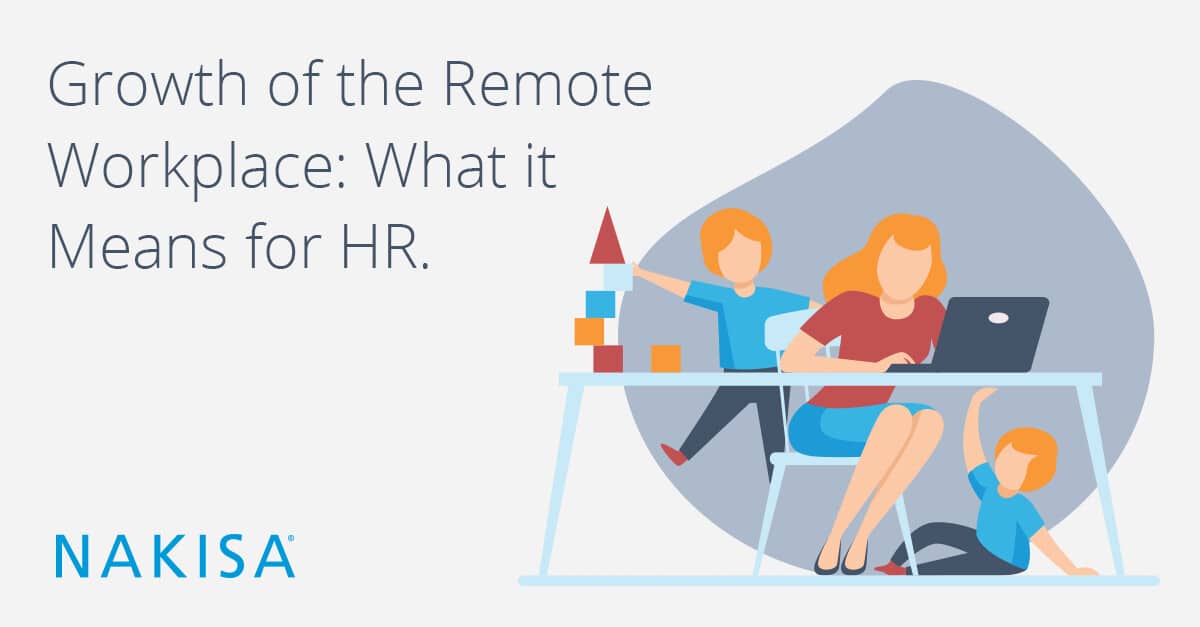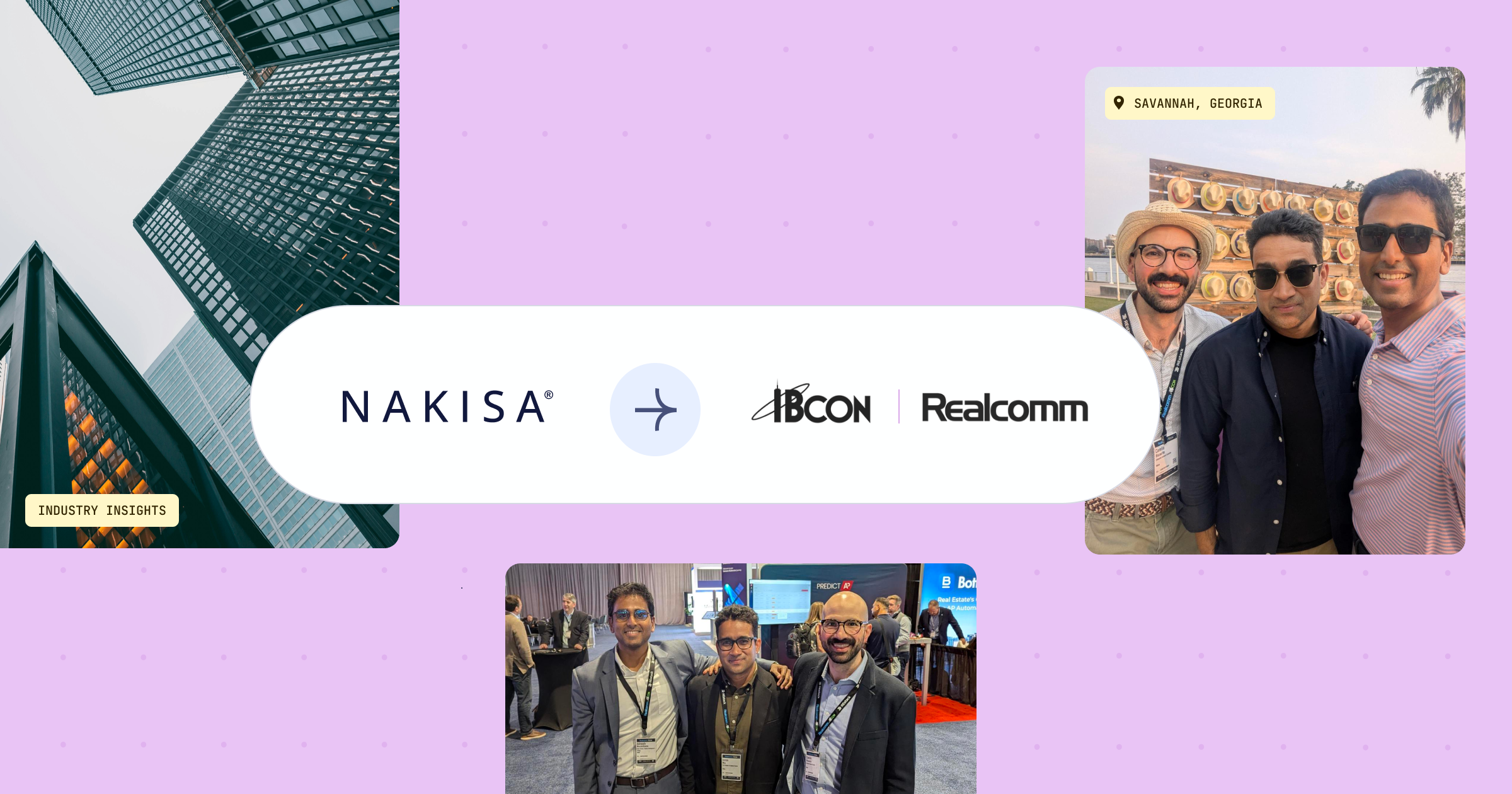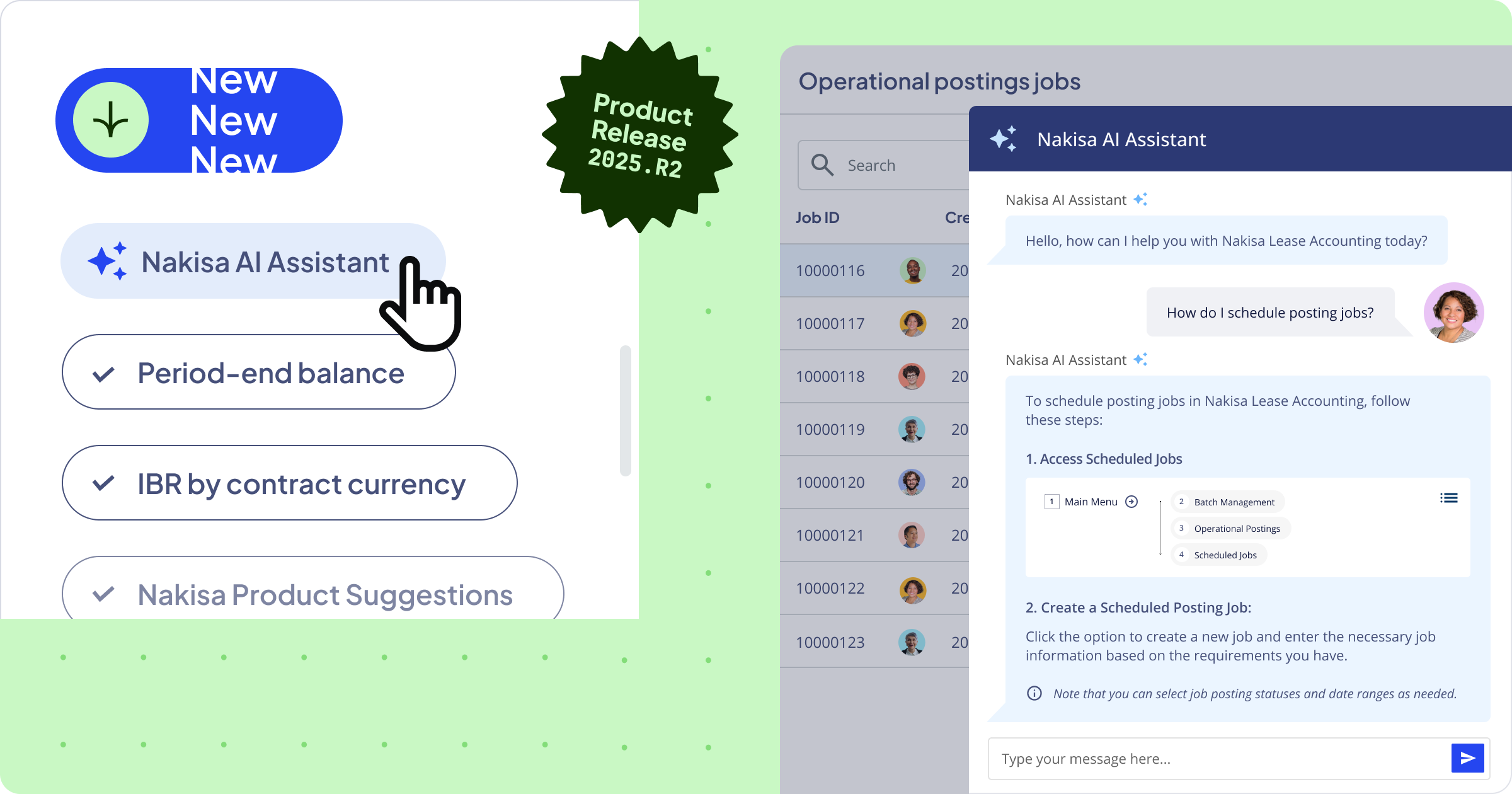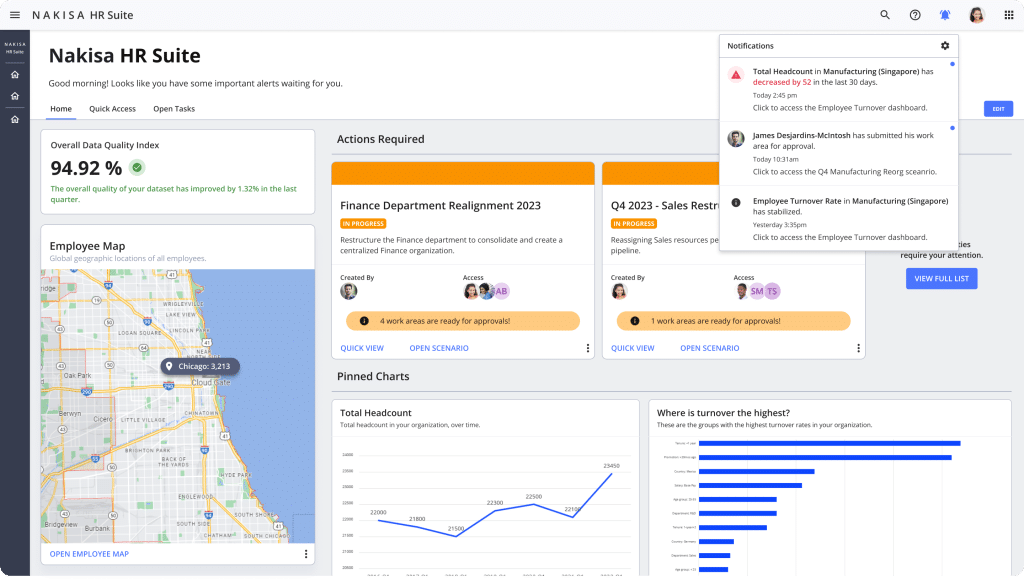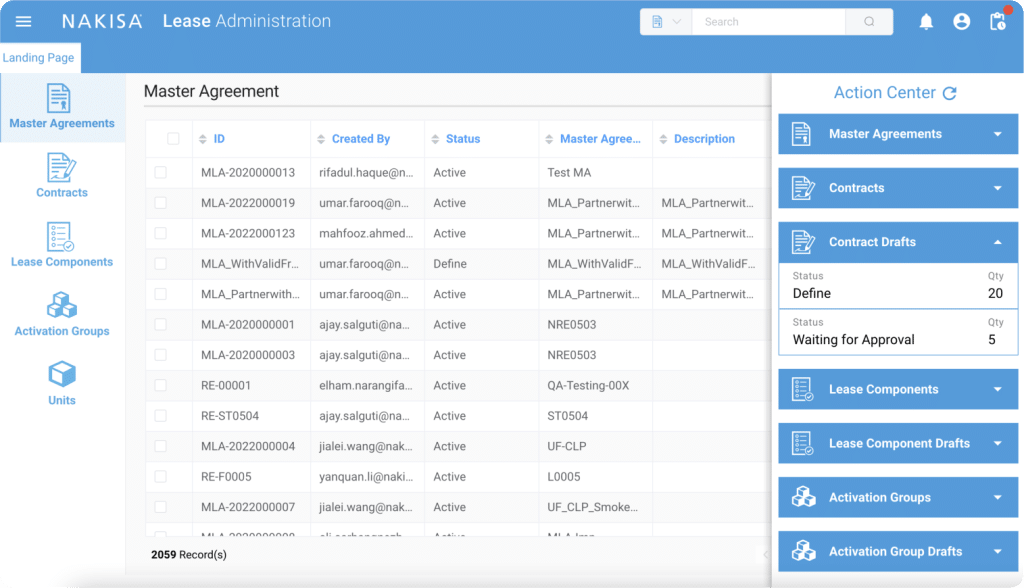Is the traditional office going the way of the dinosaur?
Many organizations have come to embrace the benefits of a remote workforce. Increasingly, companies are recruiting and hiring remote employees to fill some of their key positions. In fact, there is a growing expectation among millennial workers that they will be offered flexible work options.
This is made possible by the emergence of advanced mobile and video-conferencing technologies that allow remote teams to collaborate, communicate, and ultimately work together efficiently across locations and even time zones. There is an upside for the employer too; the ability to save costs on expensive office space has led many organizations to embrace remote work as at least a partial option for employees.
And it seems to be paying off.
A two-year Stanford study found a nearly 13 percent boost in performance among remote workers—equivalent to nearly a full day’s more work production per week, as Scott Mautz reports in Inc.
But increased production isn’t the only advantage of remote working, according to HR experts. A recent Gartner study predicts a 10 percent increase in employee retention for those organizations that offer a “choose-your-own-work-style” culture.
So, what’s really behind this boost in productivity and employee loyalty?
According to a survey from Indeed, the biggest advantage of remote work for employees is a better work-life balance. Three-quarters of those surveyed say that the ability to work from home or via a coworking space has improved their work-life balance. More than half say it has reduced their stress levels and the number of sick days they have to take. And, exactly one-half of workers say remote work boosts their morale.
For talent management teams working to boost worker retention and satisfaction, flexible work environments offer a new area of focus in improving the employee experience.
Remote work can also have a big effect on the bottom line, not only because of the increased productivity of employees but also because of savings from the reduced need for office space. Dell, for instance, saves nearly $12 million in real estate costs by giving workers the choice to work remotely. Twenty-five percent of Dell’s workers work a few days a week or full-time at home, and the company is projecting to increase that number to 50 percent by 2020, according to CNN.
In case it’s not yet obvious, remote work is poised to be a major part of the business environment of the future.
The question for many of today’s companies is: “Are we prepared for this new remote workforce?”
When it comes to effective management and support of remote workers, organizations have several things to consider, including:
- How to effectively utilize technologies like video conferencing and messaging apps to support communication from different locations.
- Whether to allow for international remote employees who might be hired through a global Employer of Record (EOR) solution.
- How to allow employees to securely and efficiently share and store business files.
- Which strategies to use to manage projects and track employee productivity.
- How to ensure sensitive employee and company data is kept secure.
- How to understand your company org chart when employees are located in a mix of remote and office-based workspaces.
Thankfully, new HR technology can help organizations monitor the employee experience, both for in-office and remote workers. HR departments can now track productivity, and better understand the organizational challenges of widespread remote work by using the latest HR Technology.
According to Human Resources executive and expert Steve Boese, the importance of good HR Tech is hard to overstate. It helps organizations win the war for talent and creates an environment where people can do great work. It also "enables HR and business leaders to make the best ‘people’ decisions that they can.”
Nakisa Workforce Planning, for instance, provides HR teams with the ability to leverage their current HCM system and key people analytics to help understand the current state of their workforce and determine ways to better support and engage their employees. Nakisa’s org chart software allows HR and leadership to visualize important organizational details like demographics, relationships, and talent profiles. It also helps HR teams increase employee engagement by enabling networking with peers, fostering skill sharing and education, and increasing organizational visibility. And, its geographic view provides an interactive map that shows the location and structure of your workforce.
Remote work is rapidly becoming a key part of the modern employee experience. Organizations working to scale their remote workforce need to be able to monitor employee sentiment, track productivity, and provide the same level of support and training for remote workers as experienced by in-office workers. New HR tools can help in this process, but it also requires organizations to take a hard look at their current company culture and strategy and determine areas of improvement. Learn more about Nakisa's workforce planning software solutions, including org visualization, organizational design, strategic workforce planning, and headcount planning. Or instead, request a personalized demo for your organization.
